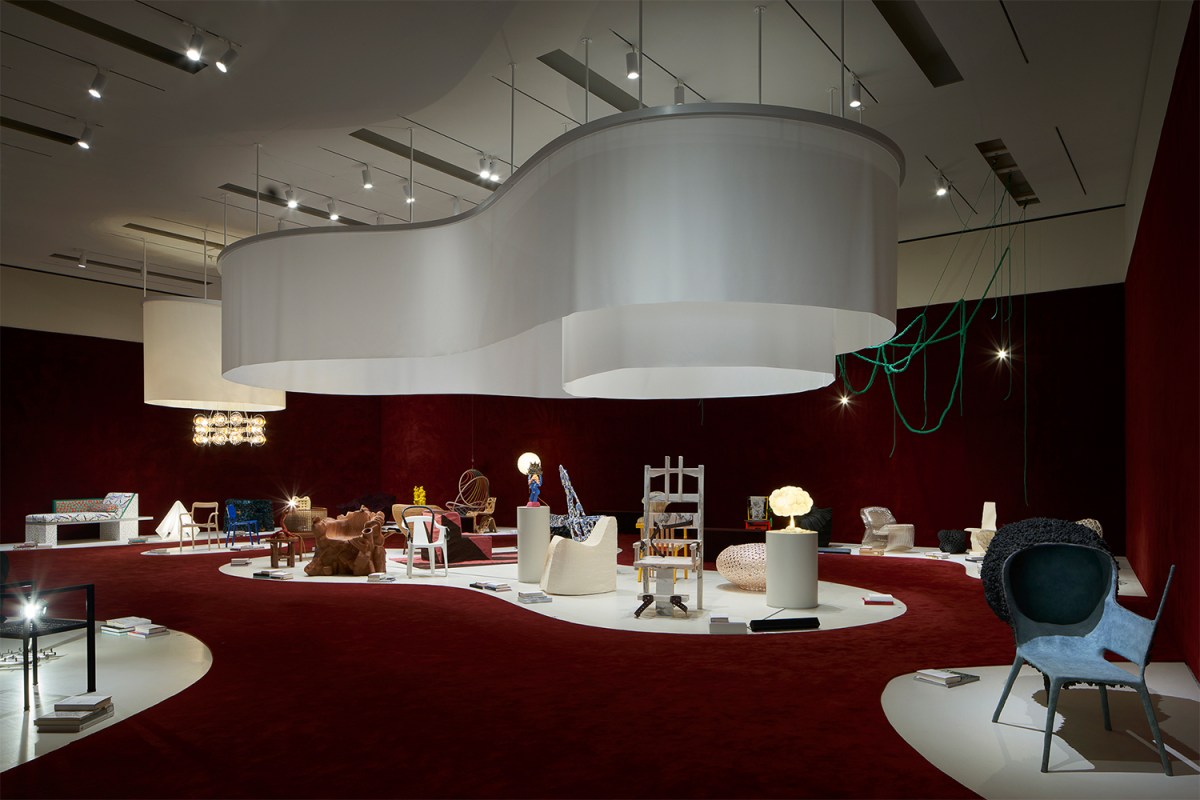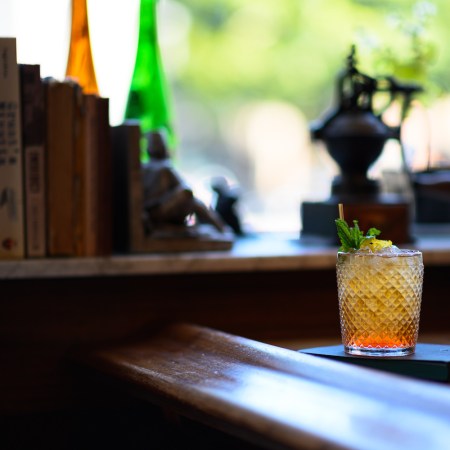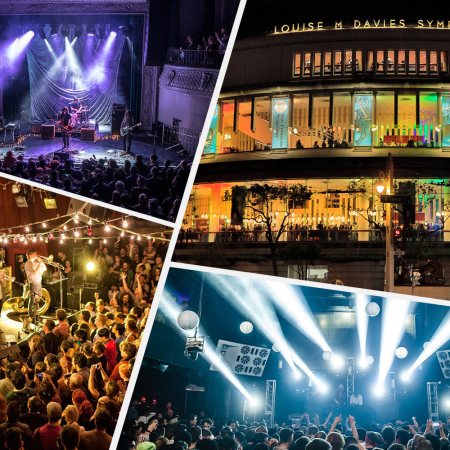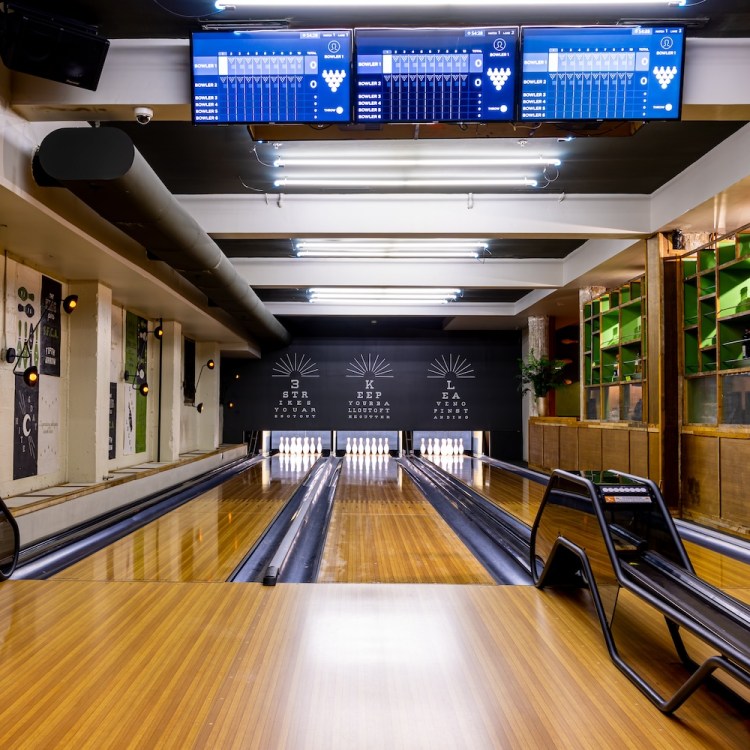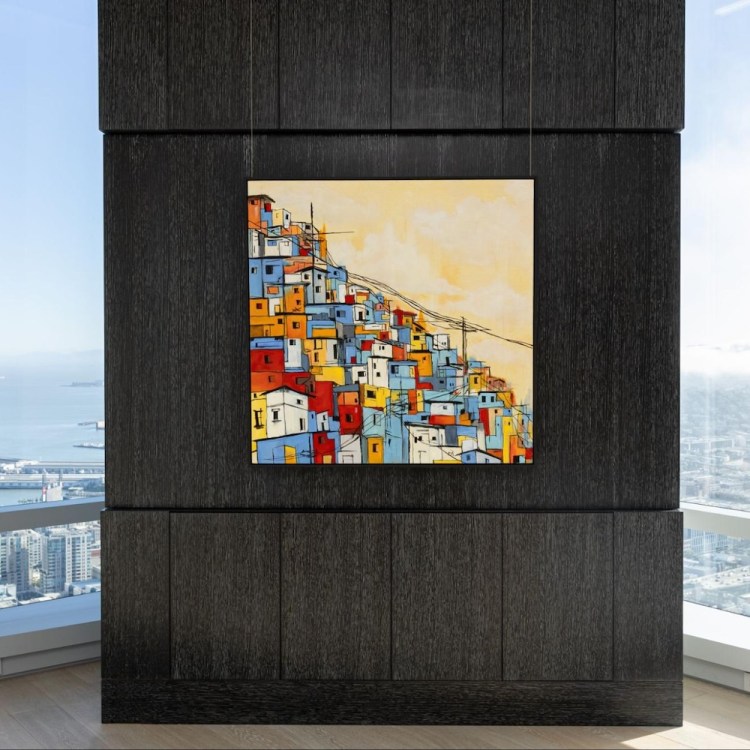Songwriters Burt Bacharach and Hal David once observed “a chair is still a chair, even when there’s no one sitting there.” True. But of all furniture, the chair is the piece that most immediately conjures the human figure. Even when armless or legless, chairs correspond elementally, powerfully to our bodies. And more than a table or armoire or even a bed, they have been a richly rewarding subject for visual artists and designers, those who experiment with form and function to create uniquely expressive objects that occupy that never-to-be-settled zone between furniture and sculpture, between practicality and poetry.
With the exhibit Conversation Pieces: Contemporary Furniture in Dialogue, now on view at the San Francisco Museum of Modern Art through June 25, 2023, interior architect Alexandra Loew and curator Jennifer Dunlop Fletcher present a diverse gathering of pieces from the museum’s collection to spark an intellectual back-and-forth on the nature of contemporary design.
Loew, who maintains studios in New York and Los Angeles, holds a Master of Architecture degree from UCLA and a Certificate of Social Anthropology from the London School of Economics. Digging deeply into the built environment and the objects fashioned to kit it out come natural to her.
“I taught many history and theory courses in architecture programs on consumer culture as a critical aspect of urbanism, and that challenged modernist dogma that decoration should be secondary to architecture at best,” Loew tells InsideHook. “My design studio focuses on interior design, creative direction and building collections of furniture and decorative art. So Jennifer and I set out to think about how contemporary furniture could be exhibited and engaging in the context of SFMOMA’s collection, which is known for presenting provocative, visionary and culture-shifting works of design.”
“Contemporary furniture designers have been engaged with many of society’s most pressing issues since the 1980s, while the consumer market for furniture has seemed remarkably out of touch, to the point of positioning itself as an escape from contemporary concerns,” Fletcher says. “Several designers cite domestic space as a place of tension, of comfort and discomfort, and the sheltering-in-place during the earliest period of the pandemic brought this juxtaposition to the foreground. While the exhibition had already been in the works prior to 2020, issues of environmental sustainability, cultural and historical reckoning, and post-industrialization were already present in many of the works.”
Determined to create a convivial, domestic atmosphere, Loew devised the exhibition space as a ’70s-era conversation pit and employed carpet to project a residential vibe and establish a uniform ground for the varied pieces on view. “We approached the exhibition as we would an interior design project because the visitors are part of the installation,” says Loew, “rather than watching as if in a proscenium.”
With deep red carpet flowing like a river around islands of bare white floor and a monumental, curvilinear structure hanging over head, the space is immediately appealing, pulling one in for a closer look at the diverse display, which includes creations by Germane Barnes, Kwangho Lee, Bethan Laura Wood and Jay Sae Jung Oh, among others. One of the first ensembles one encounters features Rei Kawakubo’s severe, chainlike Kuba chair, Ania Jaworska’s Unit 6 Armchair (a highly lacquered piece topped with a casually draped comforter) and a lighted sculpture by Texas-born Nigerian-American Dozie Kanu made from a salvaged electrical burner, with carved marble boxing headgear as shades over very bright lights. “The trio,” says Fletcher, “is stunning, stimulating and very confrontational.”
In the audio component that accompanies the show, the designers discuss their own work and the ways in which design can define, exclude or empower. “There are times where I want to make an object that exists more on the end of being a design object,” says Kanu, who had his first solo museum show at the Studio Museum Harlem in 2019. “And there are times when I would like the work to exist more on the end of a sculptural object. But for the most part, I love the in-between.”
“When you look into anthropology, and we try to decipher how civilizations were living thousands of years ago, you look at their functional objects, at the way they were eating, the way they were sitting, the way they were living,” notes Mexico’s Fernando Laposse. “I think it’s a very powerful way of just recording time, and the state of our society.”
London-based Bethan Laura Wood was drawn to design because of its physicality. “It’s an area of creativity that connects or interacts with everybody every day in some form…the things that we surround ourselves with, that we fall in love with,” she says. “And I think I’ve always been drawn to the challenge and the beauty in making and exploring all the things that inhabit that kind of space.”
Here, Wood riffs on the concept of the “fancy-pantsy” chandelier, with a pendant of handblown Pyrex she calls Criss Cross Kite, created in collaboration with Venetian glass artisan Pietro Viero. Assembled with such pieces as Gaetano Pesce’s Seaweed chair and Nathalie du Pasquier’s Royal chaise, her work and that of her fellow designers generate an open-ended, free-flowing musing on the visual, physical and expressive power of the objects that populate our built environments.
This article was featured in the InsideHook SF newsletter. Sign up now for more from the Bay Area.
